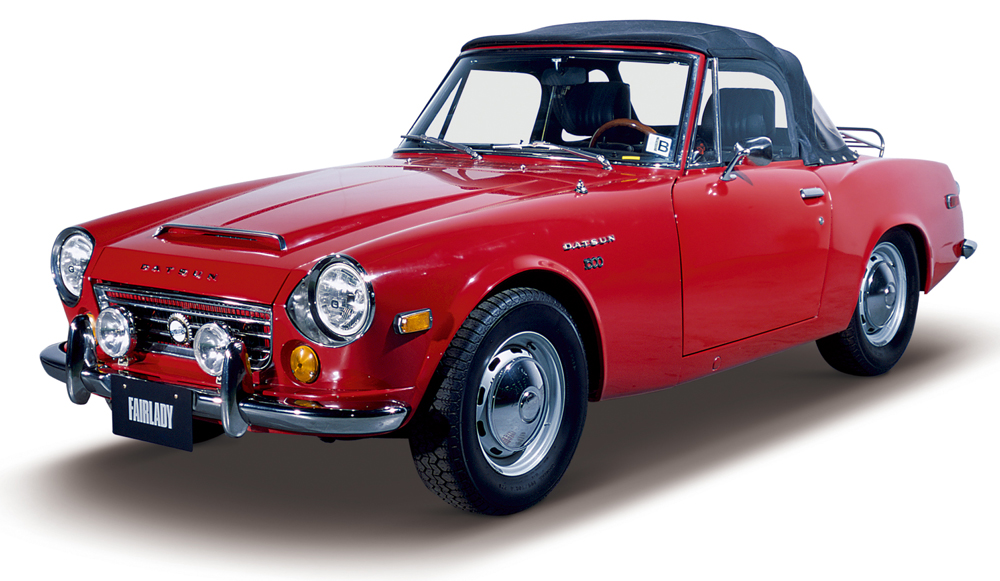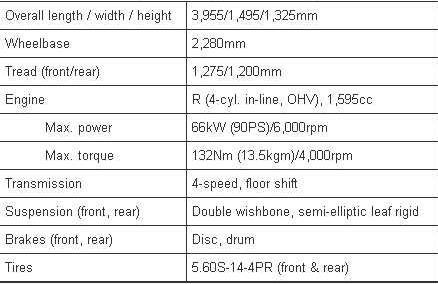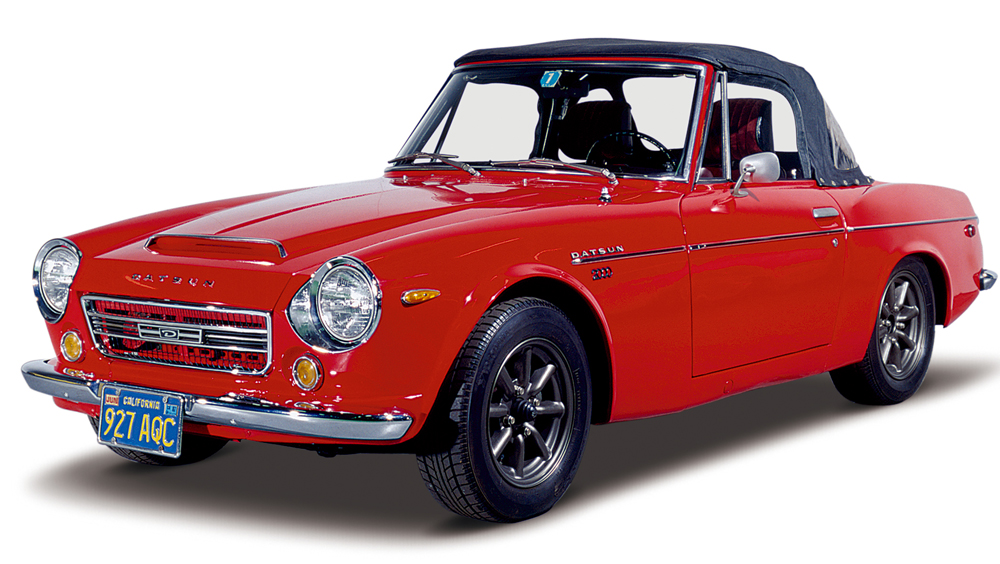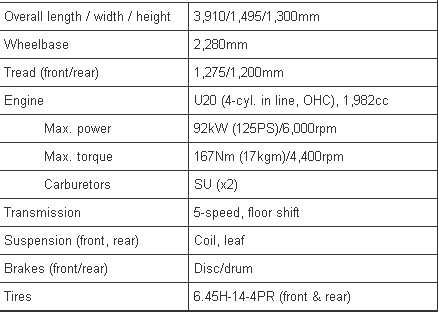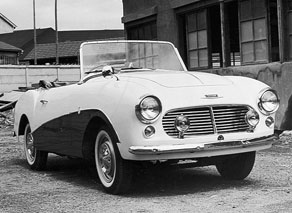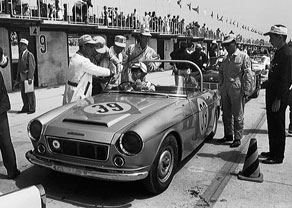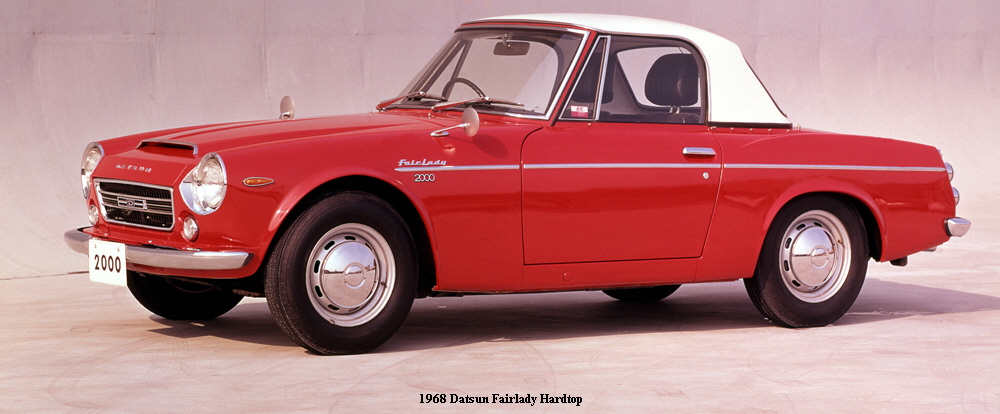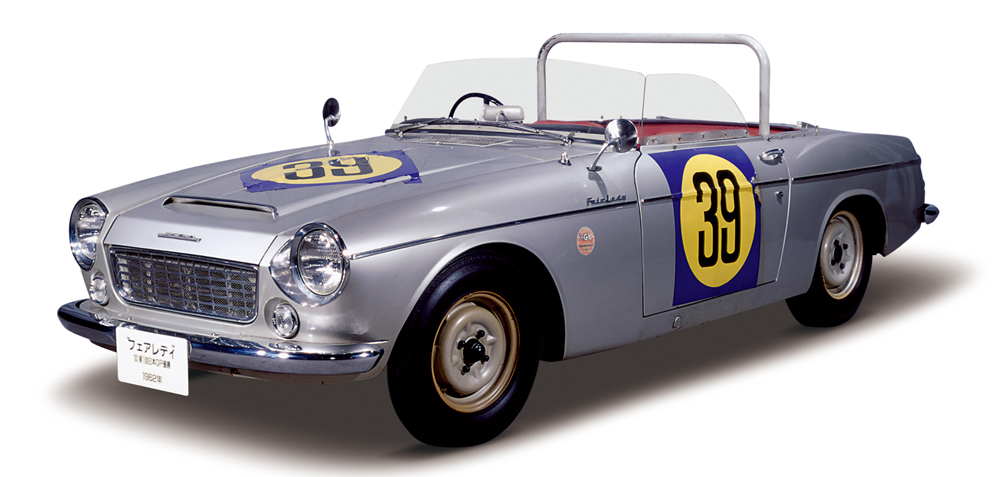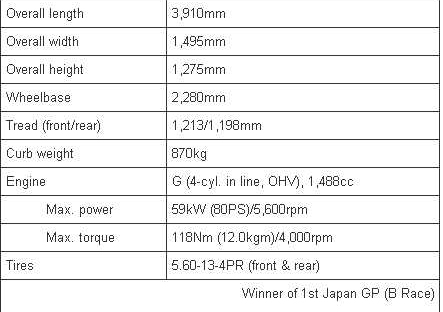|
|
|
No.279 Fairlady 1600 (1968 : SPL311) The Fairlady name* was used for the first time with the SPL213 (1,200cc, 60PS) launched in 1961. This model can be traced back to the Datsun Sports (S211), which was launched in June 1959. The SPL212 (1,200cc, 43PS) and SPL213 (1,200cc, 55PS) engines - improved versions of the S211 (1,000cc, 34PS) - were originally used exclusively for export models. The name "Fairlady" appeared on the domestic market with the launch of the Fairlady 1500 (SP310) in October 1962. In May 1963, an S310 powered by the Cedric's 71PS engine easily beat an array of foreign sports cars in the 1st Japan GP (B-II race), thereby demonstrating to the whole world the high standard attained by Japan's sports cars. The Fairlady 1600 (SP311) was launched in May 1965 as an upgraded model. It was equipped with the 1,595cc, 90PS R engine, first used in the first-generation Silvia, and a Porsche-type 4-speed full-synchromesh transmission. In March 1967, at the time the Fairlady 2000 (SR311) was launched, there was a minor change to the SP311 that chiefly concerned the interior. In
November of the same year, another minor change was carried out to ensure the car conformed to US safety standards. This commemorative car is
the North American export model with left-hand drive. It differs slightly in specifications and exterior design from the domestic model, one example being the bumper overriders.
|
|
|
|
|
|
|
|
Home < Nissan < Nissan Cars < History
|
